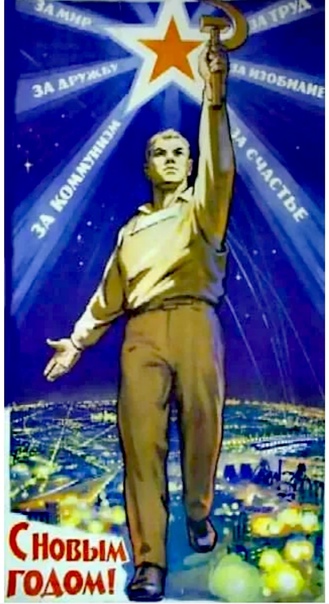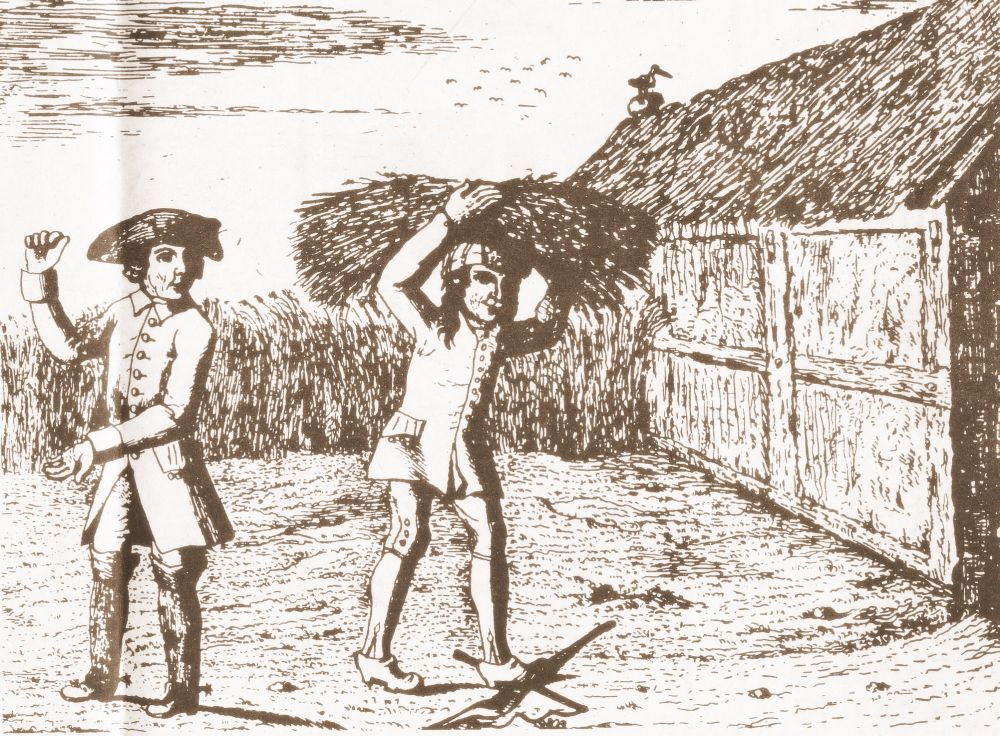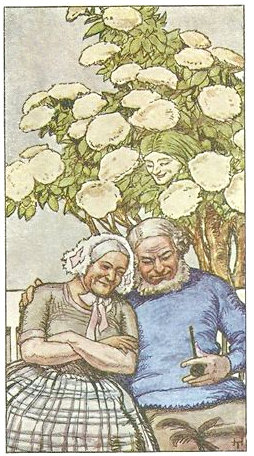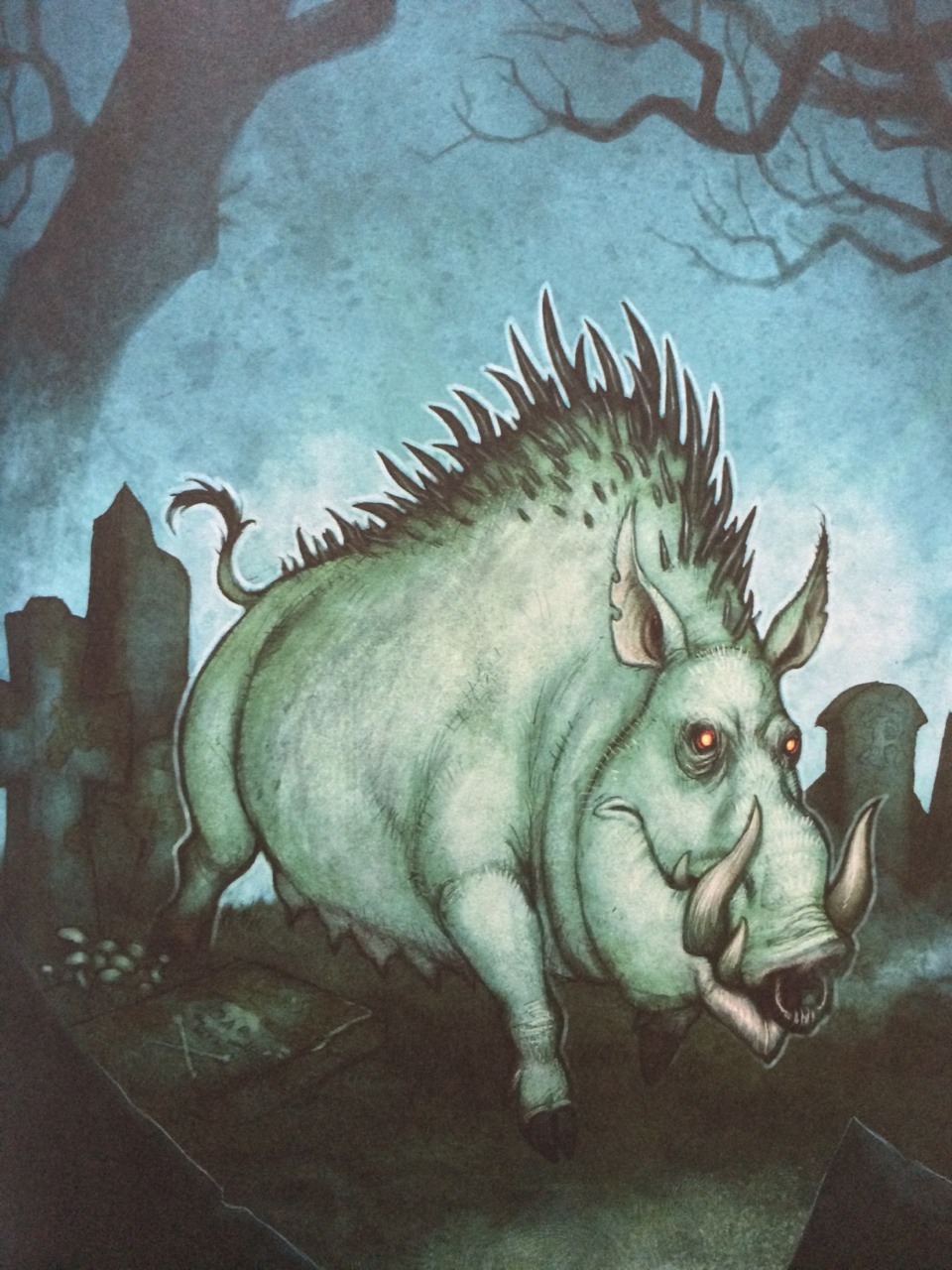You rarely have to count fingers when you go to an art exhibition — but here we are.
We had been invited to an exhibition titled The dragons are coming, with the breathless tagline Unleash your inner dragon. It even had a space where kids could build their own Lego dragons. I didn’t do my homework beforehand, but it sounded harmless enough. I like dragons. Dragons are cool.
The man behind the spectacle is Jim Lyngvild: fashion designer, writer, flamboyant Viking cosplayer, and media personality. He lives in a fake Viking castle and likes to dress up as an extra from a History Channel hallucination. He doesn't dwell too much on how someone as flamboyantly queer as himself would have fared in actual Norse society. He also happens to be best buds with fascist icon Pia Kjærsgaard.
I have survived another of Lyngvild’s exhibitions a few years ago, when someone at the National Museum had a stroke and invited him to make a Viking exhibition that was as historically accurate as a plastic horned helmet. It was Lyngvild playing dress-up with real artifacts, peddling the tired Hollywood myth of tattooed barbarians.
This time, though, he had pivoted to dragons. A perfect fit. After all, dragons are imaginary so no killjoy historians will be around to fact-check your fantasies.
The exhibition occupied a converted factory space, the kind of raw, industrial hangar every Western town now uses as a Hail Mary to gentrify the deindustrialized old working-class bones. It’s the same formula: slap some art into a disused warehouse and pray the microbreweries and gallerinas will follow. And you know what? Those places can be fine. It doesn’t have to be the Louvre to be a nice way to spend a Saturday afternoon.
We arrived, dragon-hopeful. The gift shop at the entrance was a Lyngvild emporium: You could buy his book about dragons (more about that later), his book of made-up Viking tattoos (so you too can look like a neo-nazi!), his Norse mythology-themed craft beer, and any number of chintzy branded items. If nothing else, Lyngvild is a hustler, milking his personal brand for everything it's worth.
The Fog of Meaninglessness
We entered to find what the website generously called "Lyngvild’s artworks". Huge framed prints of dragons stared down at us, flanked by fake “infographics” about dragon species. Okay. We’re playing make-believe: dragons are real. I can get behind that. I can suspend disbelief and have fun with it.
But something felt off. The dim, plasticky images crawled under my skin in a way I couldn’t quite place.
We went up a staircase and were treated with reproductions of stained glass windows, mostly of a crucified Christ. What was that about?
Then we entered the big room: huge prints of giant dragons attacking cities were plastered wall-to-wall. In a corner, a wooden Christ sculpture, seemingly nicked off a crucifix somewhere, lay face-up on the floor. Smoke machines wheezed, speakers bellowed dragon roars. The ambience was there. Lyngvild has a talent for the aesthetic. But there was no deeper meaning under all that roar and fog.
There was no story, no emotional arc, no big idea beyond "here are some Lyngvild-branded dragons". It was as empty and self-promoting as his Viking exhibition.
That whimsical “What if dragons were real?” premise from the start of the exhibition had disappeared into the mist, never to be heard of again.
At one point I peered through a slit in the wall — a leftover feature from the building's previous life as a factory — and peeked down on what looked like a giant head sculpture, submerged in smoke. Curious, we descended the metal stairs into the next room
Sure enough, there it was: a giant head on the floor, ghostly and inert, surrounded by more fog. What did it have to do with dragons? Your guess is as good as mine. Maybe Lyngvild just thought it would look good on Instagram.
Above the head were more close-up stained glass images of a crucified Christ’s bloodied face. Nearby, a few mannequins wearing white costumes, presumably meant to evoke something — anything. They did not.
I stood there, blinking at this potpourri of religious symbolism and cinematic dragons, trying to piece together what I was seeing. But sense was a guest who had long since left the party.
Midjourney to the Abyss
I turned to go into the hallway leading to the next room. We had been promised Lego dragons but on a side table stood a Lego owl — not a dragon, not a wyvern, not even a half-assed basilisk. An owl. Above it, a framed picture of the same owl in a still life. A scrap of paper in the corner read Hogwarts.
We had apparently stumbled into the Harry Potter Room. Yes, you read that right. From dragons to Jesus to Harry Fucking Potter.
On the next table was a Lego model of the Hogwarts Express, complete with a matching picture of that Lego train hanging above it. I squinted at the photos. Something was wrong. That unnerving, plasticky gloss. Those details that felt almost right, but slid into the uncanny valley. An utter, chilling lack of human intentionality. A profound emptiness behind the pixels. It wasn’t just bad art. It was soulless. It dawned on me in a hot, nauseating wave:
We were inside an AI art exhibition.
All these “Lyngvild artworks”, the dragons, the cities, the Hogwarts owl, none of it had been touched by a human hand beyond typing a few words into a prompt bar. Lyngvild hadn’t spent sleepless nights at the studio, hadn’t spilled paint on his clothes, hadn’t even stayed up wrestling with Photoshop layers. No. He’d simply typed "Dragon attacks city in dramatic foggy lighting, hyperrealistic," hit "Generate", and accepted whatever digital diarrhea the slop machine spewed forth. Then he framed it. And charged people money to see it.
Suddenly, the nagging familiarity snapped into focus. That glossy, over-rendered, conceptually hollow aesthetic that is the visual equivalent of fast-food styrofoam. The signature style of every talentless hack with a monthly subscription to Midjourney, flooding Instagram with derivative garbage. Lyngvild was just the hack with the gall and the brand recognition to put it in a museum and call it art.
That room full of dragons attacking cities from before head been the Game of Thrones Room, I now realized.
We descended into Harry Potter's Chamber Of Bullshit.
Lyngvild had splurged on some thrift store dark wood furniture for set dressing. One of the chairs still had the price tag on it. In the corners he had placed mannequins wearing Catholic liturgical vestments and rhinestone-covered peaked caps. I assume Lyngvild had a ball hot-gluing sparkly rhinestones onto headgear like a deranged RuPaul contestant — but what did it have to do with Harry Potter, dragons, or literally anything?

The walls were covered in garish, dull prints of AI generated characters from the Harry Potter IP. Some were missing fingers. Others were holding bizarrely deforming magic wands. Signage in the background contained what looked like lettering at first but turned out to be meaningless noise on closer inspection.
The dragons, the supposed main characters of the exhibition, were conspicuously absent from the Harry Potter Room. Not a single mythological reptile were to be seen. Perhaps Lyngvild intended us to Imagine Dragons?
We progressed to the next cabinet of horrors: The random Disney Character Room. Because of course. What dragon exhibition would be complete without famously draconic characters such as Cinderella, Pocahontas, and Snow White? It was like watching someone scroll through their Midjourney history on a head injury.
Here, under brighter lights, the slop was even more horrifying and the sheer, staggering ineptitude of Lyngvild’s quality control was mercilessly exposed. If he had spent even five minutes touching up this algorithmic vomit, it didn't show anywhere. Images were full of artifacts, lovecraftian anatomy and bizarre details that made no sense. And how could it make sense? No human thought had been involved in the process of making any of these abominations. The images were riddled with errors that screamed, “Nobody could be arsed to look twice.”

This wasn’t art as an expression of an inner world. It was branding spam. A hollow sugar high of pop culture keywords arranged into vaguely impressive shapes for five seconds of dopamine.
Humbug
Finally, we arrived at the kids’ section, the “build a Lego dragon” wonderland we had been promised at the start turned out to be two sad, shallow pits of random Legos, looking like the leftover pile after a yard sale. There were no signs that anyone had ever built anything remotely draconic there. My son built an airplane. It was on fire. His small plastic conflagration was the most perfect, unintentional review of the entire Lyngvild experience imaginable.
There was also a table with paper and crayons where kids could draw. On the wall, their drawings were pinned up and these drawings exhibited more originality, more discernible skill, more human intentionality and infinitely more heart than the entire multi-room, smoke-machine-pumping, dragon-roaring, AI slop fest we had just endured.
On the table, copies of Lyngvild’s fantasy-themed coloring book were scattered. Surprisingly, these were actually decent. it looked like they had been drawn by actual humans who gave a damn. The lines were confident, and the themes coherent. In this cesspit of brand-chasing, the coloring book was the only artifact that suggested a real artist might have existed somewhere upstream.
Later, I learned that Lyngvild’s dragon book — the one anchoring this entire dumpster fire — was likely ghostwritten by ChatGPT. Of course it was.
I left feeling insulted by Lyngvild's AI humbug. Swindled.
I’m no Luddite. I’m not here to wag my finger at new technology, or say that “AI bad, brushes good.” Art is agnostic to medium. Artists have always used new tools, and neutral networks might have valid artistic applications. But when you have the unmitigated gall to charge the public admission to see your "art," you’d better put in the goddamn work and make an actual effort. You’d better give a shit about what you're doing.
What Lyngvild presented wasn’t an exploration of new tech. It was a cynical cash grab, a soulless brand extension masquerading as a journey into the mythic. The exhibition reeked of staggering laziness. He started out chasing dragons, got bored halfway, said “fuck it,” and started gluing rhinestones on hats while the slop machine vomited forth enough derivative pop culture garbage to fill the walls.
Lyngvild is a man who desperately needs a brutal editor, someone to tell him “no” when he's being ridiculous. But when you’re too famous, too deep in your own reflection, no one dares.
Maybe AI is the perfect medium for Lyngvild: shallow, lazy and devoid of substance.
Is this a meta-commentary? A sly wink at the gullibility of a cultural establishment that will let a famous name get away with anything? Maybe. But I doubt it. I suspect it’s simpler than that.
Lyngvild isn’t satirizing us. He’s a charlatan cashing in on us. Peddling algorithmic schlock to an audience he seems to hold in contempt, assuming we’re too dazzled, or simply too dumb, to notice the utter, crushing emptiness at its core.
And so we shuffled out, counting our fingers, thankful they were all still there, unlike in those images.












Yes, we can't have state institutions voicing support for a vulnerable demographic's right to exist. We could risk that bigots would not feel welcome.